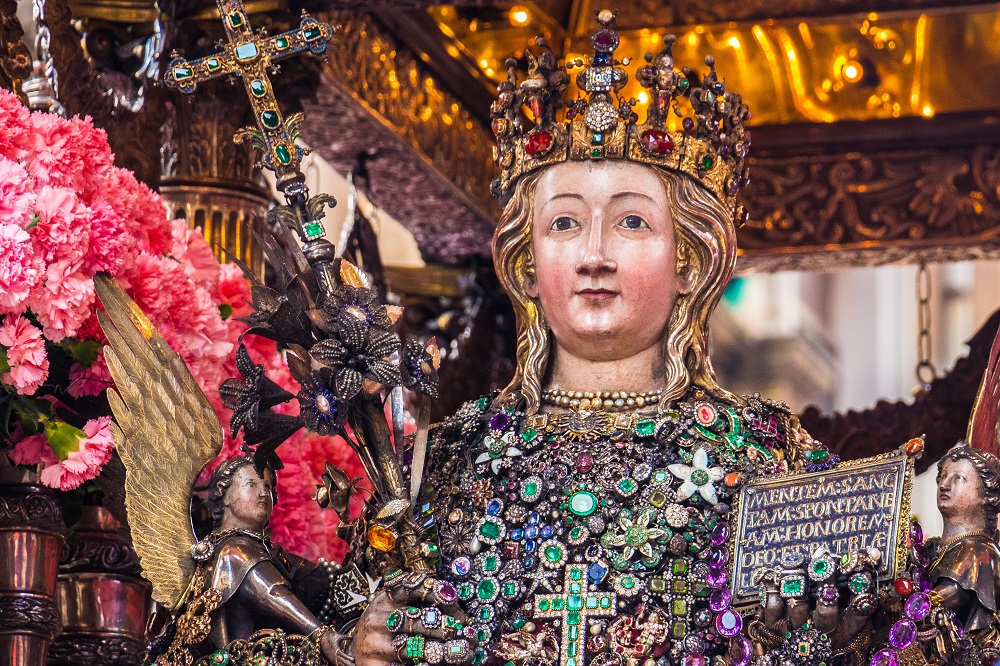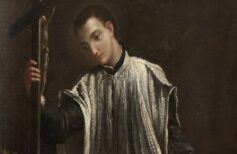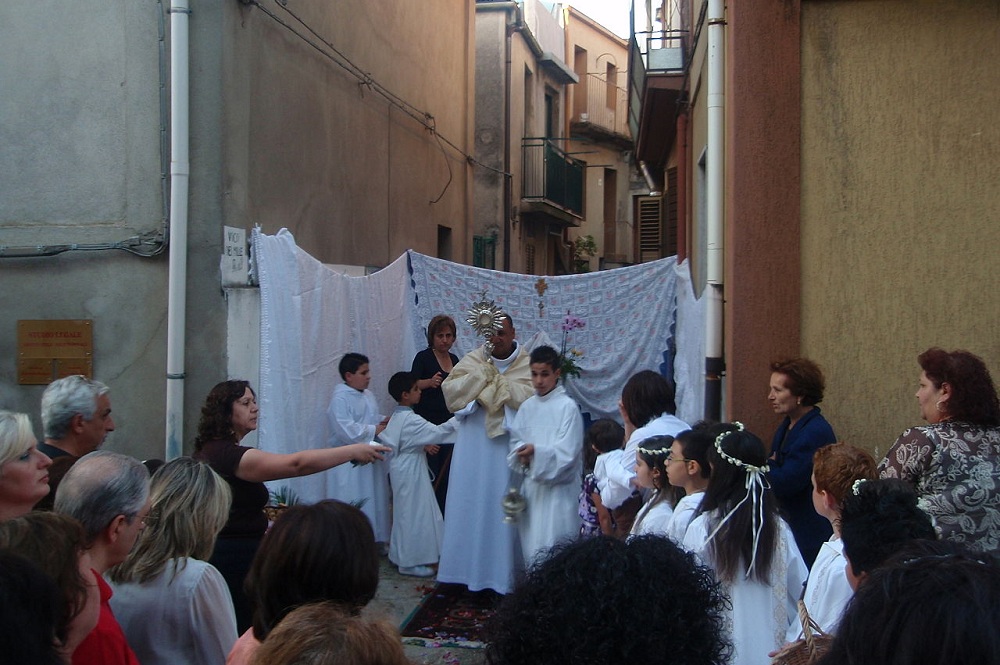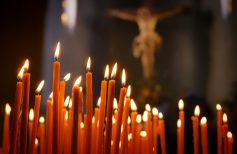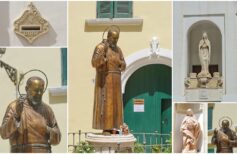Contents
The feast of Saint Agatha in Catania, with processions, typical costumes and famous candles, is a great event for many devotees. What is it?
The feast of Saint Agatha in Catania is one of the largest religious events in Italy. The Saint is remembered with processions accompanied by traditional costumes and elements. Consider that on the days of the feast of Saint Agatha, from 3 to 5 February, more than a million people gather among tourists, citizens and faithful. Although this year may not be so, the fame and special history of this tradition remain.
The history of Sant’Agata
Saint Agatha lived in the third century AD when Christianity – along with persecution – spread within the Roman Empire. Agatha’s family, to protect their faith, sought refuge in Palermo but governor Quinziano found them. When he saw Agatha, back in Catania, he fell in love with her.
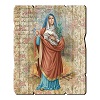
He tried to make her abjure her faith but the Saint refused, remaining faithful to his choice. Quinziano tried to dissuade her in several ways: seeing that the young woman did not give in, he subjected her to torture and atrocious torments and then died a martyr.
Her fame spread quickly after her death, and she is now venerated as the Holy Martyr of the Catholic Church.
Saint Agatha, patron saint
Saint Agatha is the patron saint of many cities and places in Italy and the world. We know her above all as the patron saint of the city and the archdiocese of Catania. She is also remembered for being the protector of women with breast diseases, bell smelters and firefighters.
The procession of Saint Agatha
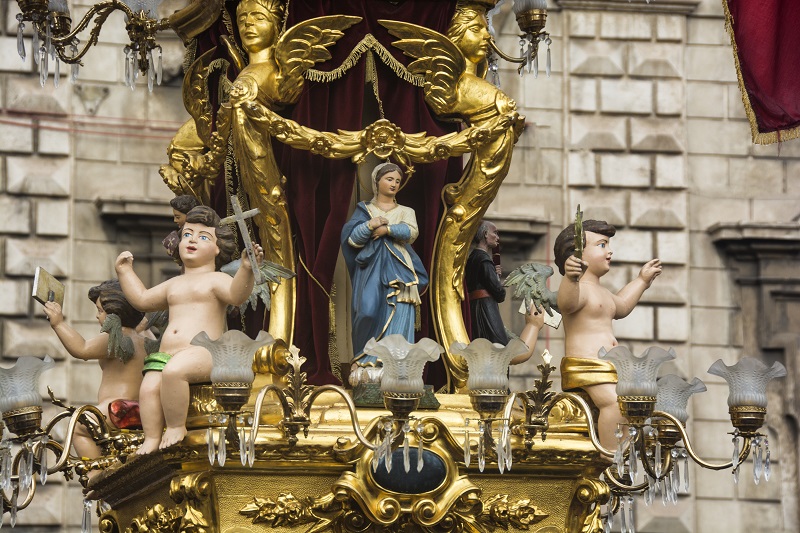
The annual procession of Saint’Agatha in Catania takes place on 3, 4 and 5 February. The first day is dedicated to the offering of candles: the procession takes place from the furnace to the cathedral. This is the day dedicated to the collection of wax: candles are offered to ask for the protection of the Saint.
The popular custom is that the offered candle must be the same height or weight as the person offering it.
On the second day, the procession gathers in the morning and the procession lasts the whole day. Devotees wear the traditional “sack” – a white tunic – along with a black velvet cap, white gloves and a white handkerchief.
The bust of Saint Agatha is hoisted on a silver fercolo and, together with the casket containing the relics of the Saint, is carried around the outside of the city between the cheers and the festivities. The fercolo, with bust, casket and candles, can weigh up to 30 quintals. The Saint is always preceded by traditional candles, big candles representing the citizens.
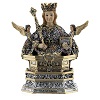
On the third day, the procession passes from the centre of Catania and the devotees accompany the Saint until she returns to the room of the cathedral from which she left.
The candelore of Saint Agatha
One of the characteristic elements of the feast of Saint Agatha is the famous candelore.

La Candlemas: history and curiosities
La Candlemas, the story of a party with great suggestions that has its roots in pre-Christian rites linked to the triumph of light.
These are large candles, enriched with sculptures and decorations, which always accompany the Saint, preceding the fercolo. Each “cereo” is linked to a group of citizens, which often coincides with a group of workers: from Cereo Fiorai to Cereo Pescivendoli, to Cereo Macellai.
The candles of Saint’Agatha are carried in procession strictly “on the shoulder” – the weight of the candles goes from 200 to 860 kilos – and each cereo has a fixed position in the procession.


